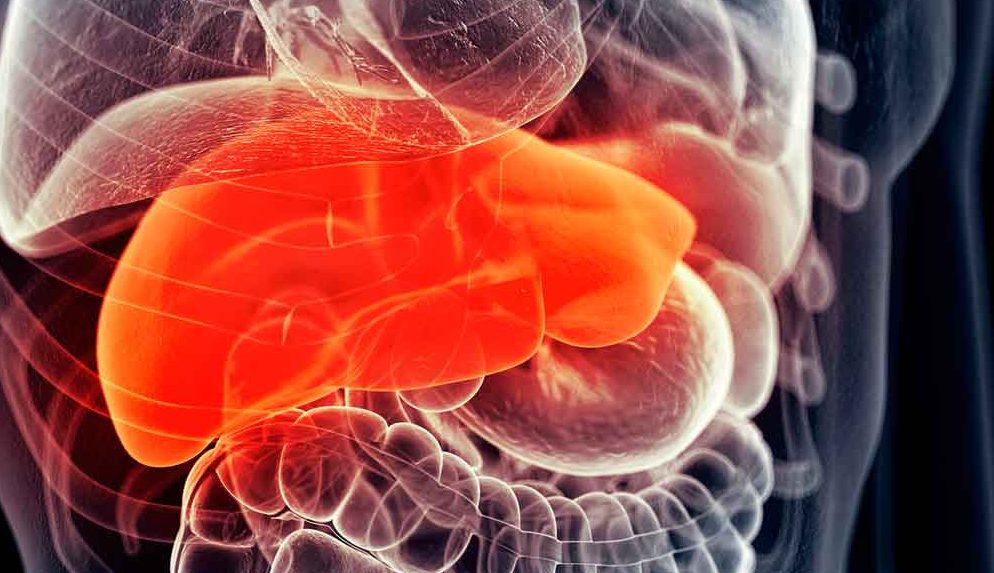Symptoms of Liver Disease

Many of the early symptoms of liver disease are easy to blame on something else. Especially if you drink heavily, be on the lookout for them. Learn more.
Your liver can repair damaged cells — up to a point. Beyond that point, the cells no longer heal, and it develops scars, also called cirrhosis. Those scars can’t be fixed.
It is essential to catch signs of liver problems early before scars occur. A scarred liver is at greater risk for infections and liver cancer. You cannot live without a functioning liver. You might even need a transplant.
The cause of a liver problem could be an infection, exposure to drugs or toxins in your environment, or heavy drinking. Non-alcoholic fatty liver disease in people who don’t drink heavily is the most common problem. Losing weight and exercising more can help.
YOU MIGHT ALSO LIKE: What Is Cirrhosis of the Liver?
What does your liver do?
Blood coming from your digestive organs enters your liver, carrying nutrients, medication, and other chemicals. Your liver converts them into usable forms, storing or detoxifying them or releasing them to your bowels. It removes alcohol from your blood as well as byproducts from medication. It stores vitamins and the minerals iron and copper and releases them into your blood when you need them.
When it breaks down fat, the liver produces bile, a liquid that is processed through ducts. The liver’s work with proteins creates urea, the chemical in urine.
Symptoms of liver disease
Your symptoms will vary with the cause of a liver problem. Some common symptoms of liver disease include:
- Jaundice, when your skin and whites of your eyes turn slightly yellow
- Weakness and fatigue
- Weight loss
- Nausea
- Diarrhea
- Abdominal pain
Other signs of liver disease
- Itchy skin. Unless you have a rash, you’ll tend to dismiss itching, blaming it on dry skin. But if your bile duct is blocked, bile flows into your bloodstream and accumulates under your skin, making you itch.
- Spider angiomas. Also called spider veins, these visible capillaries are red, purple, and blue, and they twist and turn — like varicose veins, but smaller. They might show up on your face or legs. The veins develop because of higher-than-normal levels of estrogen, which can be associated with age or your liver not functioning properly.
- Blemishes or brown blotches on your face can also arise from too much estrogen in your body. They may simply be a sign of aging or, combined with other problems, one of the signs of liver disease.
- Bruising and bleeding. If slight injuries lead to bruises or bleeding, your liver may not be healthy. It produces the proteins needed to clot blood.
- Bad breath. Sinusitis or gum disease can foul your breath. If your breath becomes fruity or musky, it may contain high levels of a chemical triggered by cirrhosis. That smell may be one of the later signs of liver damage.
- Red or burning or itching palms. Hormone build-up in your blood can show up in your palms.
- Lack of concentration. If toxins build up in your body because your liver isn’t doing its job, you might become forgetful and distracted.
Updated:
October 02, 2023
Reviewed By:
Janet O’Dell, RN